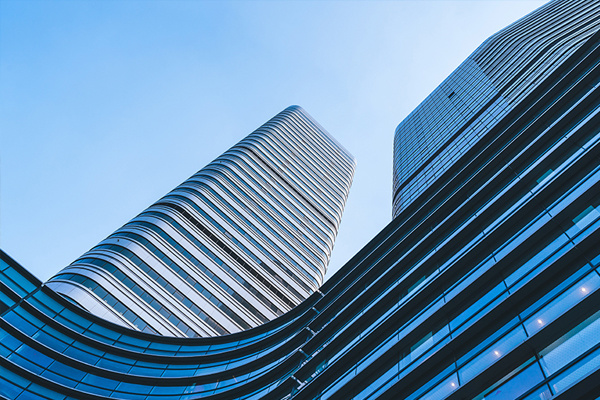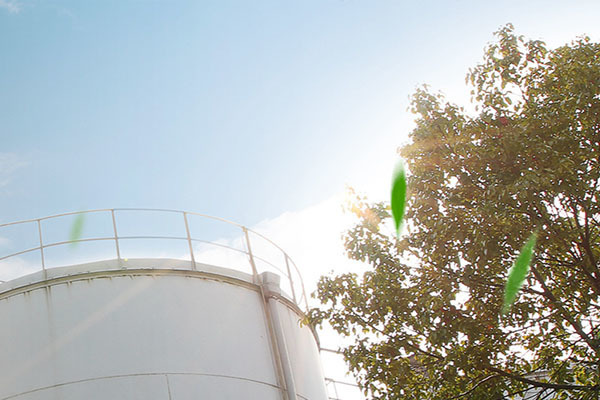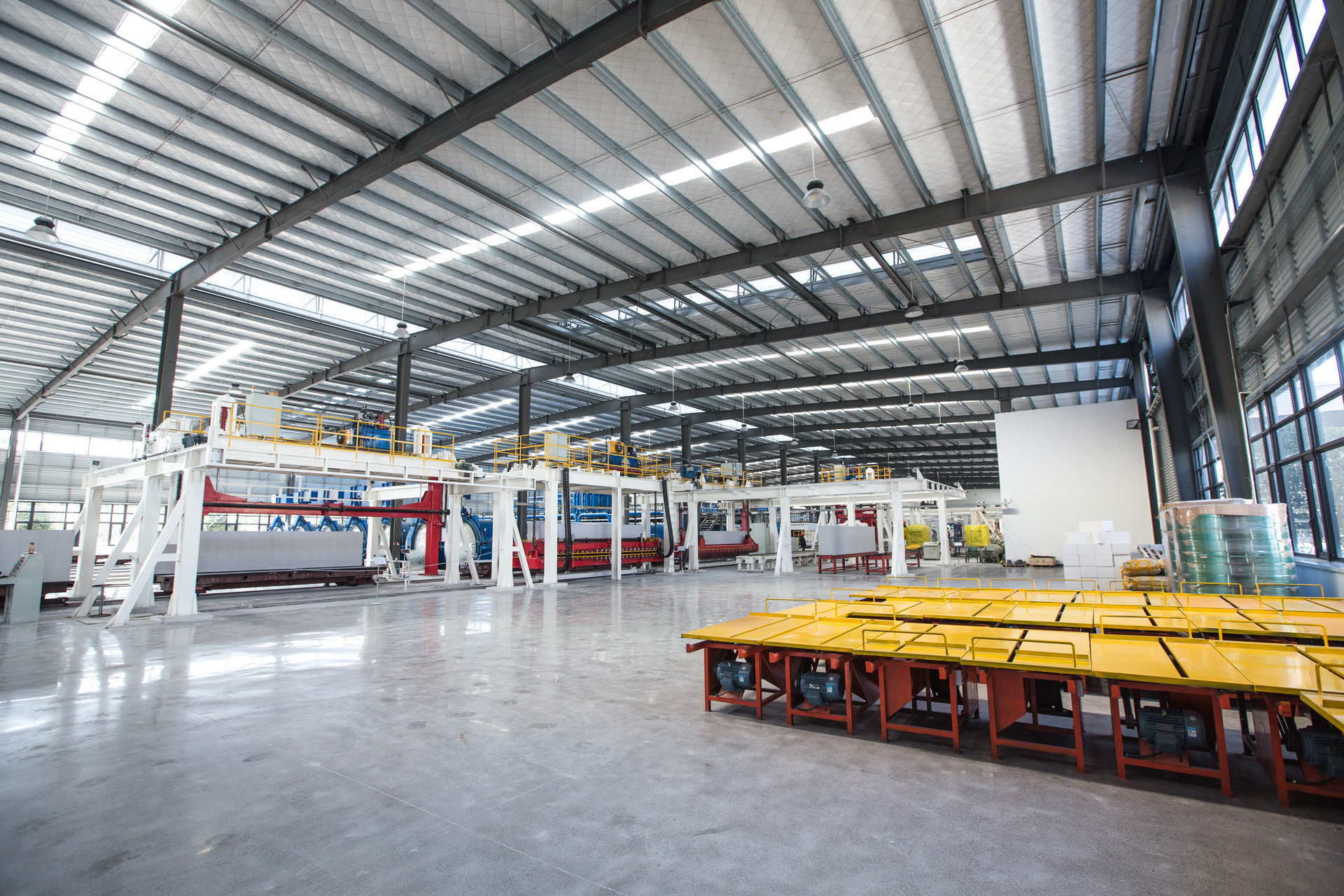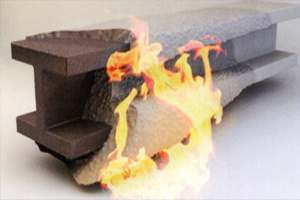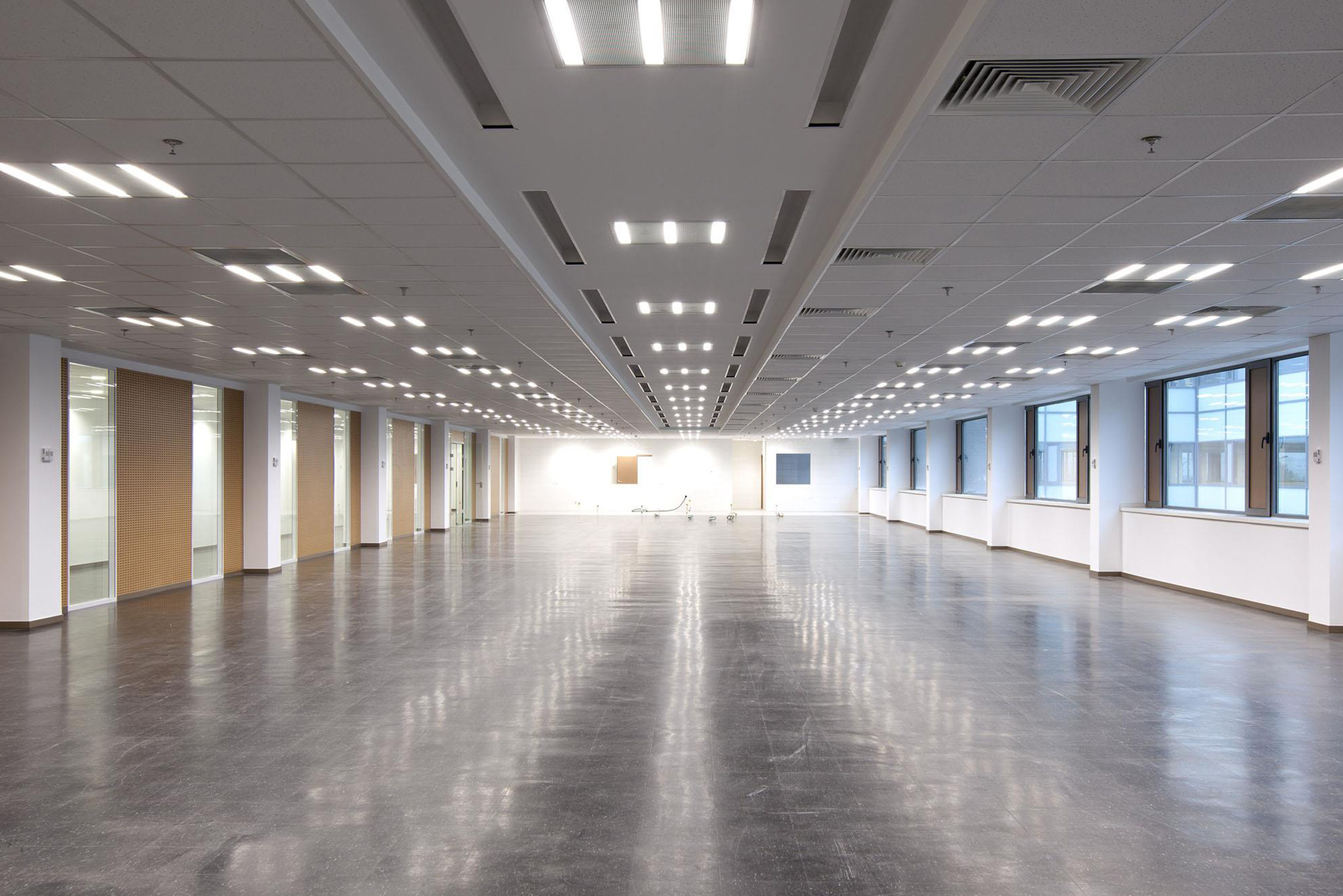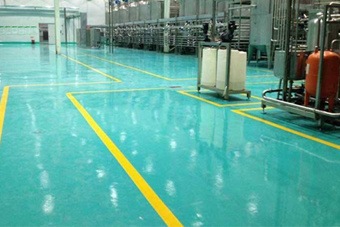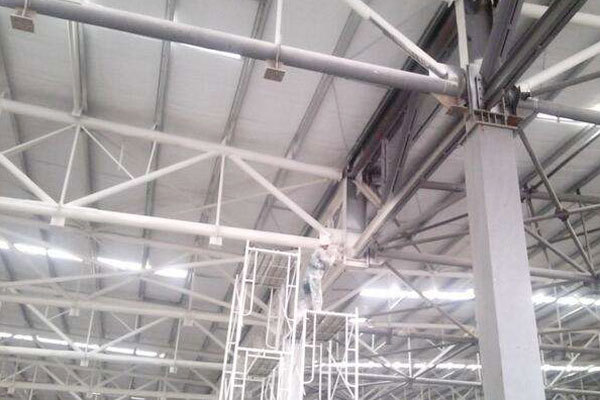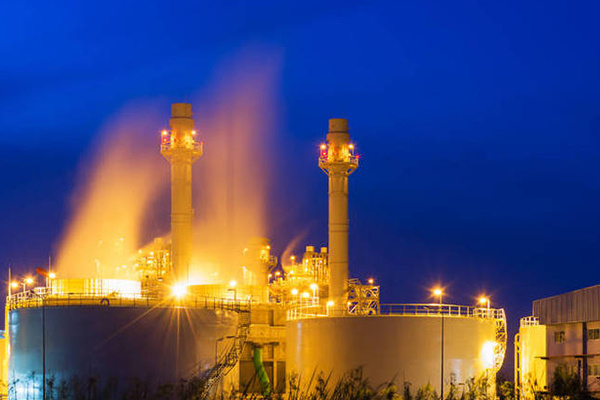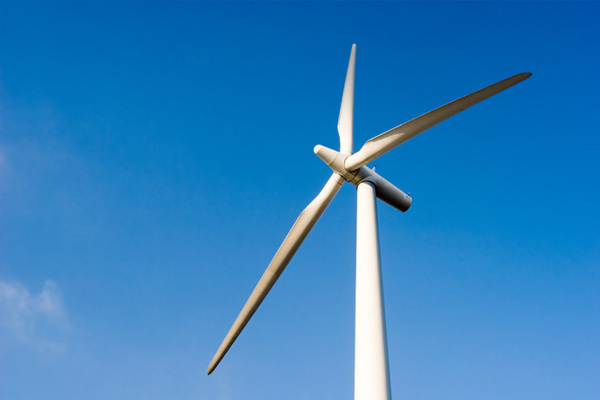
Principle Green Development Safe Development
How much do you know about fire-resistant coatings for steel structures?
Release time:
2025-07-09
Addressing the Fire-Resistance Defects of Steel Structures: Although steel boasts high strength, it also has excellent thermal conductivity and tends to heat up and soften rapidly when exposed to fire. In a typical fire, ordinary steel structures lose their load-bearing capacity in about 15 minutes. However, fire-resistant coatings can delay the heating of steel by providing thermal insulation or by expanding and foaming to form a protective layer, thereby buying valuable time for evacuating personnel and extinguishing the fire.
The Importance of Fire-Resistant Coatings for Steel Structures
1. Addressing the fire-resistance shortcomings of steel structures: Although steel boasts high strength, it also has excellent thermal conductivity and tends to heat up and soften rapidly when exposed to fire. Under fire conditions, conventional steel structures typically lose their load-bearing capacity within about 15 minutes. However, fire-resistant coatings—by providing thermal insulation or expanding and foaming to form a protective layer—can slow down the heating of the steel, thereby buying valuable time for evacuation and firefighting efforts.
2. Meeting the requirements of building fire codes: According to the "Fire Protection Code for Building Design," steel structures of different building types must achieve corresponding fire-resistance limits (for example, the fire-resistance limit for steel columns in high-rise buildings should be 2-3 hours). Fire-resistant coatings are a key measure for meeting these requirements.
3. Reducing fire damage: It can mitigate the risk of steel structure collapse, protect the integrity of building facilities and structures, and lower post-disaster repair costs.
Classification of Fire-Retardant Coatings

Protection objects and fire resistance performance
• Standard steel structure fire-retardant coating (Fp): For ordinary industrial and civil buildings (fibrous-type fires)
• Special-grade steel structure fire-retardant coating (Ft): For special buildings such as petrochemical facilities and substations (hydrocarbon fires).
• Fire resistance rating: 0.5h, 1h, 1.5h, 2h, 2.5h, 3h


Fire-retardant coating markings

For example:
GT-WRP-Ft2.00-A: Outdoor solvent-based intumescent fire-retardant coating, with a special steel fire resistance rating of 2 hours; Enterprise Code A
GT-NSF-Fp1.50-B: Indoor water-based non-expanding fire-retardant coating for steel structures, with a standard fire resistance rating of 1.5 hours; Enterprise Code: B
Design and Selection of Fire-Resistant Coatings
• The design of fire protection for steel structures shall, based on the intended use of the building or structure, the specific location, the type of fire, and the required fire-resistance rating, select the appropriate category of fire-retardant coating for steel structures.
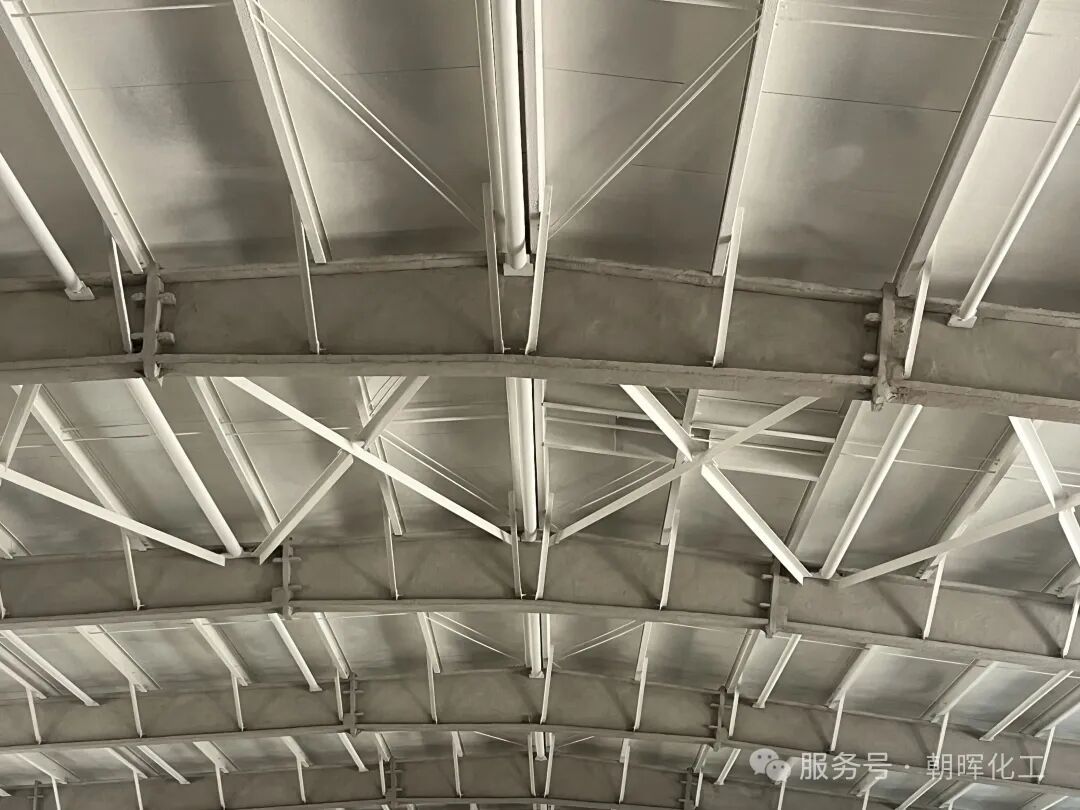
• The intumescent fire-retardant coatings for steel structures typically contain binders, catalysts, foaming agents, and char-forming agents that are predominantly organic substances. When exposed to fire, the organic substances in the coating undergo a series of physicochemical reactions, causing the coating to rapidly expand and form a dense, honeycomb-like carbonaceous foam layer that serves as an insulating barrier. However, over time, certain organic substances undergo irreversible processes such as decomposition, degradation, and leaching, leading to the “aging” and failure of the coating. This results in chalking, flaking, and poor durability, with a noticeable decline in performance. Tests have shown that within five years, the fire-resistance rating can degrade by as much as 21.7%.


• Non-expanding fire-resistant coatings for steel structures are formulated using porous, lightweight, and insulating materials (such as vermiculite, perlite, and mineral fibers) as aggregates and binders. Since the primary components are essentially inorganic, these coatings exhibit stable physicochemical properties and have a long service life; in projects where they have been applied for over 20 years, no instances of failure have yet been reported.



Summary
• For locations and components with high fire-resistance requirements—where the fire-resistance rating is ≥2 hours—it is advisable to use non-expanding fire-retardant coatings rather than non-epoxy expanding fire-retardant coatings for steel structures.
• Epoxy-based intumescent fire-retardant coatings for steel structures, thanks to their excellent adhesion, weather resistance, and fire-retardant performance, do not impose restrictions on the application environment.
Meshing requirements during construction
(1) The type-test report for fire-retardant coatings indicates the presence of mesh reinforcement. When applying these coatings in construction projects, mesh reinforcement must be incorporated during the application process. The mesh materials recommended include wire mesh, alkali-resistant fiberglass mesh, or carbon fiber mesh.
(2) If the type-test report does not indicate the presence of mesh reinforcement, and the coating is relatively thick, it is advisable to adopt mesh-reinforced construction measures, which should comply with the following provisions:
1. When the coating thickness of non-expanding fire-resistant coatings for steel structures is greater than or equal to 25 mm, it is recommended to install mesh reinforcement within the fire-resistant coating for steel structures.
2. When the coating thickness of non-epoxy intumescent fire-resistant coatings for steel structures is greater than or equal to 3 mm, or when the coating thickness of epoxy intumescent fire-resistant coatings for steel structures is greater than or equal to 8 mm, it is advisable to install mesh reinforcement within the steel structure fire-resistant coating.

• When applying fire-retardant coatings to galvanized steel structural components, a primer coat must be sprayed onto the galvanized surface to enhance the adhesion of the fire-retardant coating.

Comparison Chart of Advantages and Disadvantages of Fire-Retardant Coatings

Latest news
ZhaoHui Chemical Suzhou Team Building Event
2025-12-09
2025-08-14


